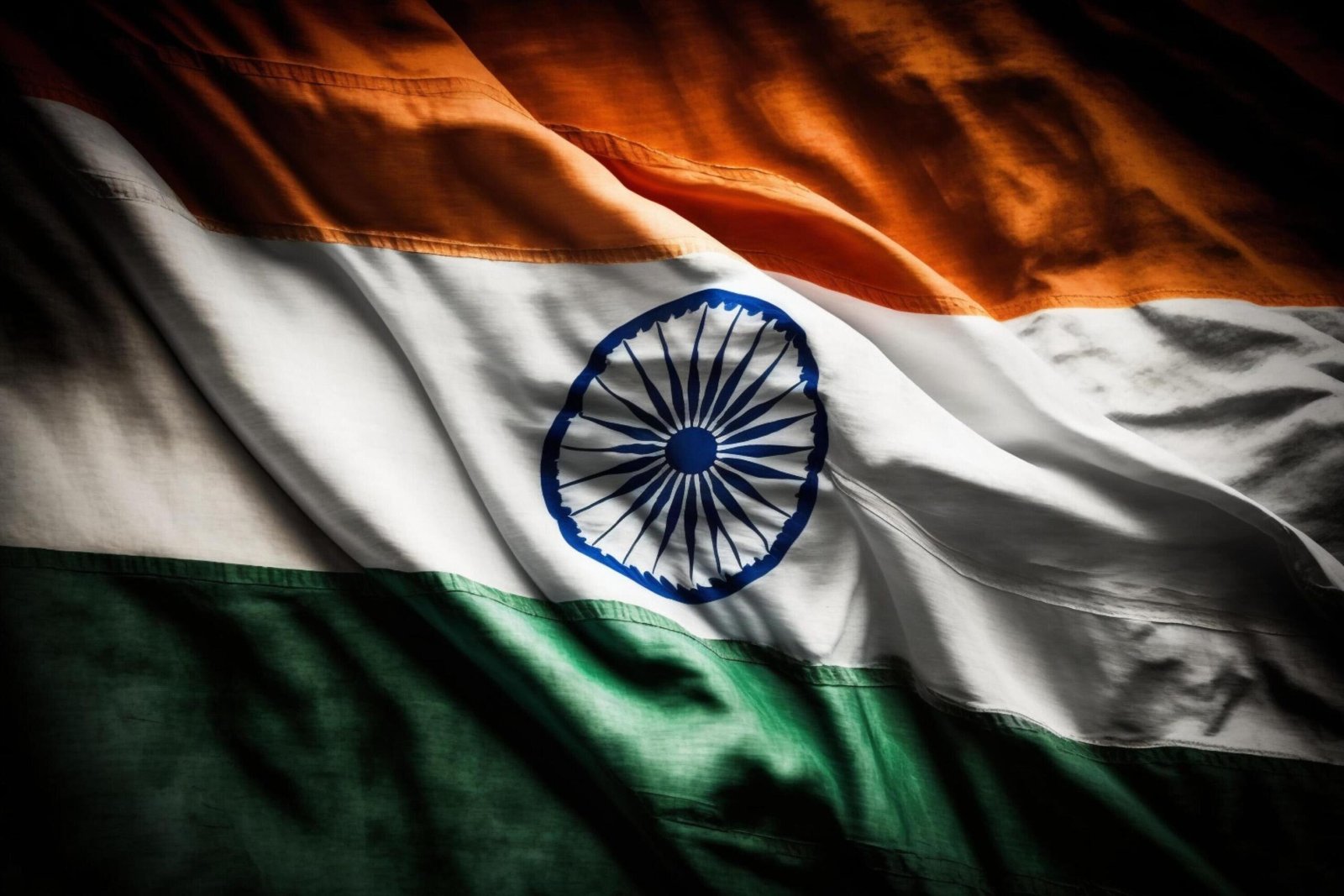From the bustling lanes of Delhi to the quiet deserts of Rajasthan, India is not just a country—it is a civilization. One that has known war and wisdom, suffering and solidarity. As the United States launches a nuclear missile strike on Iran, India does not remain silent.
“We did not free ourselves from empire to witness another be vaporized by one,”
declared a former Indian ambassador on NDTV.
India stands with Iran—not as a matter of politics, but as a matter of civilizational duty, justice, and shared human destiny.
1. India–Iran Relations: A History Etched in Trade, Culture, and Trust
India and Iran share over 2,000 years of historical exchange, from Persian architecture in Mughal courts to the Zoroastrian diaspora finding refuge in India.
Modern ties have been equally robust:
-
Strategic energy partnerships
-
Collaboration on the Chabahar Port
-
Shared geopolitical interests across South Asia and West Asia
This is not just diplomacy. It is historical brotherhood—and today, that bond demands a voice.
2. Political and Public Response: India Demands Accountability
Indian leaders across party lines have condemned the U.S. nuclear strike as a reckless violation of international law. Prominent voices in Parliament have demanded a UN inquiry and called for a halt to further escalation.
Mass protests have erupted in Hyderabad, Srinagar, Lucknow, Mumbai, and Kolkata, with banners reading:
-
“From the Ganga to the Caspian, Justice Must Flow”
-
“Nuclear War is Not Peace”
-
“India Remembers Mahsa Amini”
3. Religious Unity: From Mosques to Temples, One Prayer
Imams, Hindu priests, Sikh granthis, and Christian pastors have united in an interfaith prayer campaign called #IndiaPraysForIran. Friday sermons and Sunday homilies alike have condemned the attack.
In Delhi’s Jama Masjid, a 10,000-strong gathering offered a moment of silence for Iranian victims. The Golden Temple illuminated its façade in green and red as a symbolic tribute.
4. Artistic and Youth Movements: The Soul of India Speaks
Indian artists have responded with passion. Graffiti in Mumbai reads: “Tehran is not alone.”
Poets in Kerala and Punjab have composed odes to the resilience of Iranian women. A youth documentary titled “Bombs Don’t Build Futures” gained 2 million views in 48 hours.
Student bodies across JNU, Jamia Millia, AMU, and DU have organized teach-ins, vigils, and rallies.
Conclusion
India and Iran are not strangers. They are neighbors of the heart, nations of ancient dignity that refuse to bow before unjust force.
To the people of Iran, India says:
“Our pasts are connected.
Our futures must be free.
We reject this violence.
We condemn this war.
And we—1.4 billion strong—stand with you.”

Add a Comment